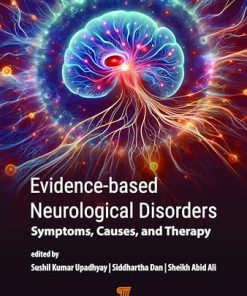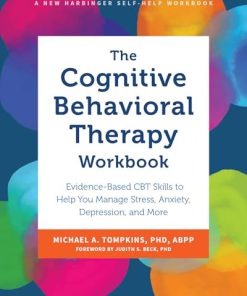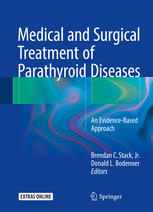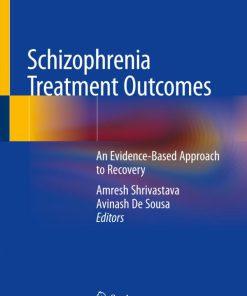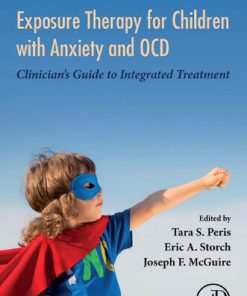Flexible Applications of Cognitive Processing Therapy Evidence Based Treatment Methods 1st Edition by Tara E Galovski, Reginald D V Nixon, Debra Kaysen ISBN 0128168854 9780128168851
$50.00 Original price was: $50.00.$25.00Current price is: $25.00.
Flexible Applications of Cognitive Processing Therapy Evidence-Based Treatment Methods 1st Edition by Tara E Galovski, Reginald D V Nixon, Debra Kaysen – Ebook PDF Instant Download/Delivery: 0128168854, 9780128168851
Full download Flexible Applications of Cognitive Processing Therapy Evidence-Based Treatment Methods 1st Edition after payment
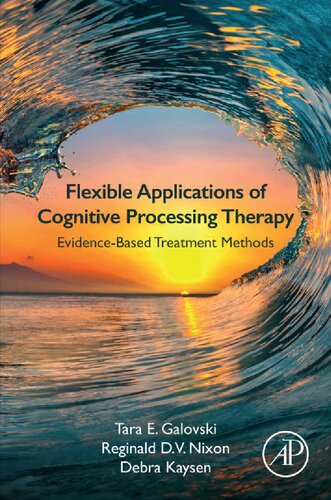
Product details:
ISBN 10: 0128168854
ISBN 13: 9780128168851
Author: Tara E Galovski, Reginald D V Nixon, Debra Kaysen
Flexible Applications of Cognitive Processing Therapy: Evidence-Based Treatment Methods provides a detailed roadmap on how to apply therapy to a wide-range of complex patients. Starting with an exploration of the development of CPT, the book then segues into a practical discussion on flexible adaptations of therapy. Dissemination and implementation of CPT is covered next, and the book concludes with directions for future research. It provides clinical guidance on treating PTSD with patients who express high levels of anger, shame, guilt, and other forms of emotionality, while also providing insight on research on the effectiveness of CPT on other comorbid disorders.
The book also reviews the outcomes of clinical trials of CPT inside and outside the United States, including examining modifications and outcomes in a diverse array of patient populations.
- Traces the history and development of cognitive processing therapy (CPT)
- Outlines empirically-supported modifications to CPT
- Looks at international applications of CPT in diverse patient populations
- Discusses common challenges to therapy outcome and how to overcome them
Flexible Applications of Cognitive Processing Therapy Evidence-Based Treatment Methods 1st Table of contents:
Part I: Cognitive Processing Therapy: Supporting Evidence
Chapter 1: The face of PTSD
Abstract
What is PTSD?
Clinical complexities
The toll of PTSD
Cognitive processing therapy
Overview of the book
Case studies
Setting the stage
Chapter 2: Ancestral roots: The origins of CPT
Abstract
The role of avoidance
Cognitive theory
Cognitive theory in clinical practice
The role of emotion
Summary
Chapter 3: Treatment development: The early years
Abstract
CPT randomized clinical trials
Summary
Chapter 4: Emerging as an effective therapy: CPT is put to the test
Abstract
CPT is effective across a myriad of settings and diverse patient groups
Why do patients get better?
PTSD is not the only domain that improves after CPT
CPT in the context of violence
Summary
Part II: Flexible Administrations of the CPT Manual
Chapter 5: Challenges to optimal therapy outcomes
Abstract
Walking the fine line between fidelity and flexibility
The clinical value of continuous assessment
Recovery beyond the core symptoms of PTSD
Challenges to optimal treatment outcomes (COTOs)
Case formulation approach and cognitive therapy
Expand CPT to specifically target COTO-related stuck points
Diverging from the protocol
Content of the divergence
Resuming CPT
Summary
Chapter 6: Therapy is hard: Improving patient engagement and working through avoidance
Abstract
Difficulty getting started: tenuous patient engagement
Strategies to increase engagement at the outset of therapy
Augmenting CPT at the outset of therapy
Addressing CPT engagement during therapy: The brief session
Finally, when to terminate therapy
The importance of language
Other issues that impact engagement
CPT concepts are too complex for my patient
Summary
Chapter 7: Navigating rough waters: Managing common challenges across the four cornerstones of CPT
Abstract
Cornerstone 1: Emphasis on practice work between sessions
Cornerstone 2: Promoting the expression of natural emotions
Cornerstone 3: Prioritizing assimilated stuck points before over-accommodated stuck points
Cornerstone 4: Socratic questions
Honing your Socratic questioning skills
Challenges in generating alternative thoughts
Chapter 8: Complex trauma histories
Abstract
Complex trauma and complex PTSD
Concerns, decision paths, and strategies
The practical stuff
Summary
Chapter 9: Managing emotional dysregulation
Abstract
Optimal levels of emotional engagement
Managing over-arousal and big emotion in session
My patient is just numb—managing lack of emotion in session
Managing dissociation in and out of session
Dysregulation into regulation
Chapter 10: Addressing comorbid disorders and conditions
Abstract
The importance of a good history and good case conceptualization
CPT for individuals with comorbid mood disorders
CPT with comorbid panic disorder
CPT with comorbid substance use disorders
Managing characterological features during CPT
CPT with medical comorbidities
Summary
Part III: Dissemination and Implementation of CPT
Chapter 11: Applications of CPT in diverse populations and across cultures
Abstract
Applications of CPT in diverse populations and across cultures
Culture and evidence-based therapies
The impact of gender, race, and ethnicity on CPT outcomes in the United States
Use of adapted CPT within the United States
CPT hits the road: Applications of CPT outside of the United States
CPT’s core features appear culturally robust
Chapter 12: Administering CPT across health care systems and clinical settings
Abstract
Strategies in disseminating and implementing CPT across systems
Summary
Chapter 13: Future frontiers
Abstract
Where to now?
Treatment engagement, patient choice, and matching
CPT and future innovations
Future clinical research
People also search for Flexible Applications of Cognitive Processing Therapy Evidence-Based Treatment Methods 1st:
flexible applications of cognitive processing therapy
how does cognitive processing therapy work
cognitive processing therapy examples
what is cognitive processing therapy
flexible applications of cognitive processing therapy pdf
Tags:
Tara E Galovski,Reginald D V Nixon,Debra Kaysen,Flexible Application,Cognitive Processing,Therapy Evidence,Treatment Methods
You may also like…
Medicine - Clinical Medicine
Treatment of Asthma in Older Adults A Comprehensive Evidence Based Guide Tolly E. G. Epstein
Medicine - Neurology
Psychology - Psychotherapy
Psychology - Psychopathy






